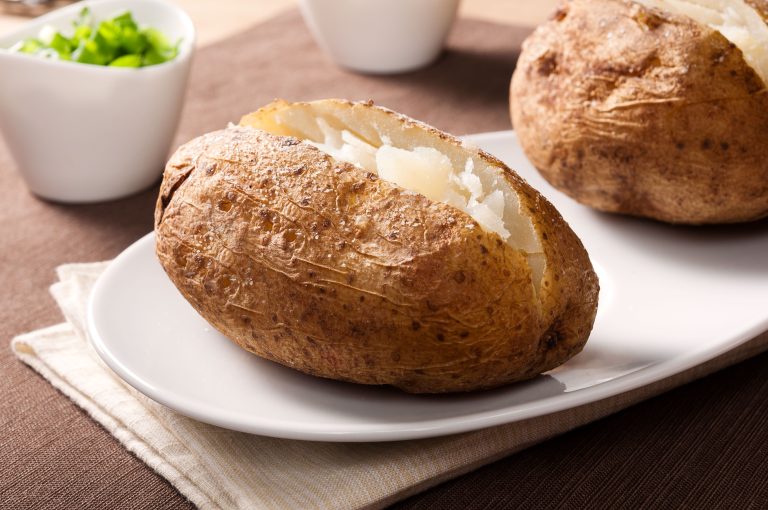Whole Grain Pasta Vs Regular Pasta
Whole Grain Pasta vs Regular Pasta: Which One Is Healthier?
Are you a pasta lover? Do you often find yourself torn between choosing whole grain pasta or regular pasta? You’re not alone! Many people are unsure about which option is healthier and more nutritious. In this article, we will take a closer look at the differences between whole grain pasta and regular pasta to help you make an informed decision.
Whole Grain Pasta: The Wholesome Option
When it comes to whole grain pasta, the name says it all. Whole grain pasta is made from whole wheat flour and retains all parts of the grain, including the bran, germ, and endosperm. As a result, it is rich in fiber, vitamins, and minerals. Let’s delve deeper into the benefits of whole grain pasta.
1. High in Fiber: Supporting Digestive Health
Fiber is a crucial component of a healthy diet, and whole grain pasta is an excellent source. Fiber aids digestion, keeps you feeling full for longer periods, and helps regulate blood sugar levels. Regular consumption of whole grain pasta can promote a healthy digestive system and reduce the risk of constipation.

2. Rich in Nutrients: Essential Vitamins and Minerals
Unlike regular pasta, which undergoes significant refining, whole grain pasta retains important nutrients. It contains B vitamins, including thiamin, niacin, and folate, which play a key role in energy production, brain function, and cell health. Additionally, whole grain pasta is a good source of selenium, magnesium, and iron, essential minerals that support various bodily functions.
3. Lower Glycemic Index: Better for Blood Sugar Control
The glycemic index (GI) measures how quickly a food raises blood sugar levels. Whole grain pasta has a lower GI compared to regular pasta, meaning it causes a slower and more gradual rise in blood sugar. This is particularly beneficial for individuals with diabetes or those aiming to maintain stable blood sugar levels.
Regular Pasta: A Staple for Many
Regular pasta, also known as refined or white pasta, is the more popular choice among pasta lovers. Most regular pasta varieties are made from refined wheat flour, which goes through a milling process that removes the fiber-rich bran and nutrient-dense germ. While regular pasta may not offer the same nutritional benefits as whole grain pasta, it still has its place in a balanced diet.
1. Quick Source of Energy: Rapid Digestion
One advantage of regular pasta is its rapid digestion and absorption into the bloodstream. This makes it a quick source of energy, especially for athletes or individuals in need of a carbohydrate boost before physical activity. However, it’s important to note that this quick spike in energy can also lead to a subsequent crash and an increased risk of overeating.
2. Versatility and Availability: Widely Used
One of the reasons regular pasta is so popular is its versatility and widespread availability. From traditional Italian dishes to various international cuisines, regular pasta is a staple ingredient in countless recipes. It can be found in different shapes and sizes, allowing for endless culinary creations. Additionally, regular pasta tends to be more affordable compared to whole grain alternatives.
3. Taste and Texture: Familiar and Pleasant
Let’s be honest – for many people, regular pasta simply tastes better. Its smooth texture and mild flavor are familiar and comforting. While whole grain pasta has a nuttier taste and slightly chewier texture, it may not appeal to everyone’s palate. For those who are unwilling to compromise on taste, regular pasta remains a viable option.
Frequently Asked Questions
1.Is whole grain pasta lower in calories compared to regular pasta?
No, whole grain pasta and regular pasta have similar calorie content. The difference lies in the nutritional value, with whole grain pasta offering more fiber and nutrients.
2.Can whole grain pasta help with weight loss?
Yes, whole grain pasta can be beneficial for weight loss. Its high fiber content promotes satiety, keeping you full for longer periods and reducing the likelihood of overeating.
3.Is regular pasta bad for you?
Regular pasta, when consumed in moderation as part of a balanced diet, is not inherently bad for you. However, it lacks the nutritional value found in whole grain pasta.
4.Can people with gluten intolerance or celiac disease have whole grain pasta?
Individuals with gluten intolerance or celiac disease should opt for gluten-free pasta varieties, as whole grain pasta is typically made from wheat and contains gluten.
5.Can I mix whole grain pasta with regular pasta?
Absolutely! Mixing whole grain pasta with regular pasta is a great way to gradually introduce more whole grains into your diet without completely sacrificing the taste and texture you enjoy.
Final Thoughts
Choosing between whole grain pasta and regular pasta ultimately depends on your personal health goals and dietary preferences. If you prioritize nutrition and want to maximize your intake of fiber, vitamins, and minerals, whole grain pasta is the way to go. On the other hand, if you value versatility, convenience, and taste, regular pasta can still be enjoyed in moderation.
Remember, a healthy diet is all about balance. Whether you opt for whole grain or regular pasta, be mindful of portion sizes and incorporate other nutritious foods such as lean proteins, vegetables, and healthy fats into your meals. With a well-rounded approach to eating, you can savor the deliciousness of pasta while nourishing your body with the nutrients it needs.







